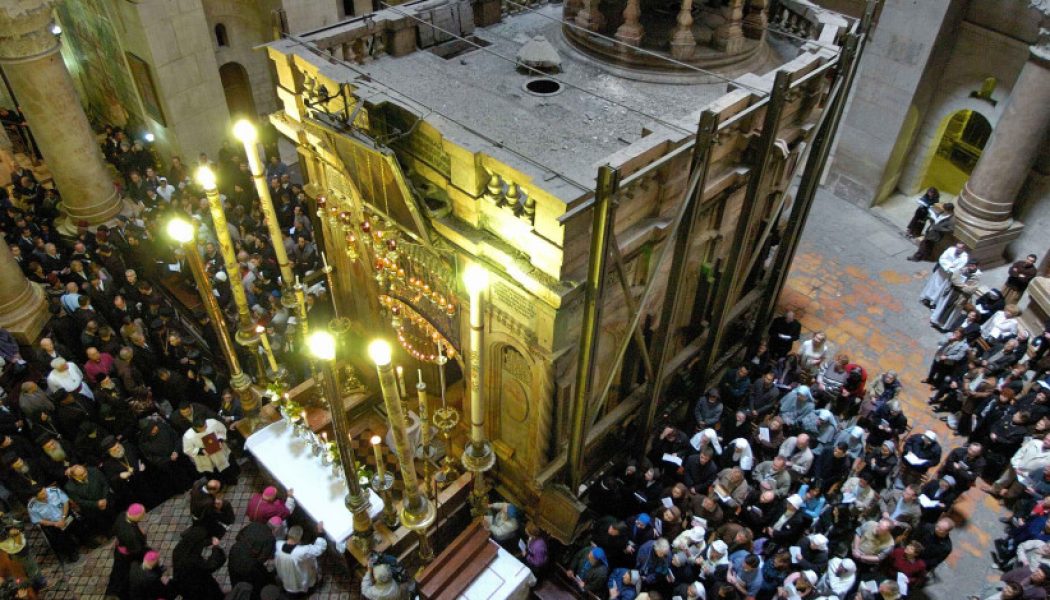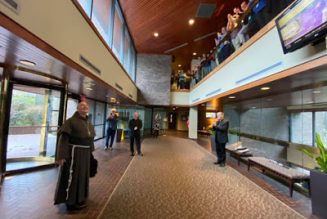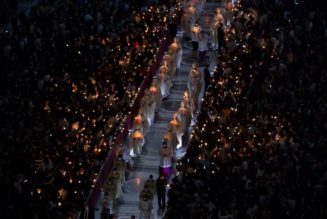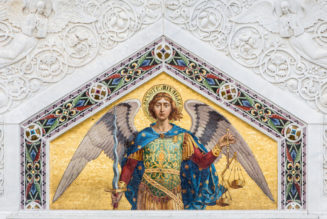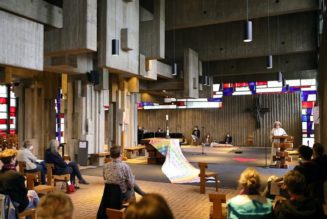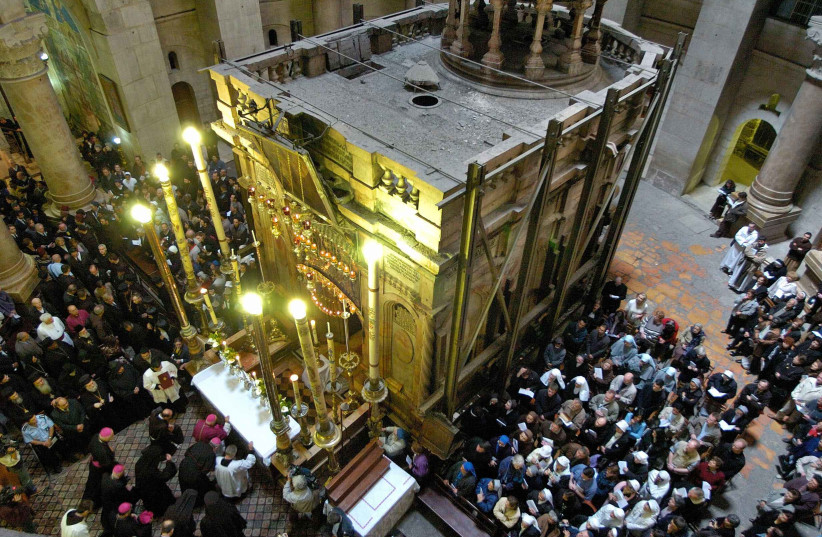
Every Christmas, thousands of pilgrims visit the Church of the Nativity – believed to be on the site of Jesus Christ’s birthplace — in Bethlehem. Throughout the year, other places in Israel associated with events described in the Bible also attract Christian pilgrims and tourists from across the world. But when did Christians start traveling to them for religious reasons? Prompted by his work on Nazareth, Prof. Ken Dark of the University of Reading in England has been investigating these questions. Dark’s study, first presented as the prestigious “Henry Myers Lecture” of the Royal Anthropological Society in London, is about to appear in print in Strata: Journal of the Anglo-Israel Archaeological Society. Some of his key findings are summarized ahead of that in an article just published in the blog, The Conversation.According to the Gospels, Dark said, Christ taught that there was no such thing as a “holy place.” But he noted that by the third century, prominent Christians such as Alexander, later bishop of Jerusalem, and the famous scholar Origen of Alexandria, searched for places mentioned in the Bible. Even in the mid-second century, the Christian writer Justin Martyr knew about a cave in Bethlehem said to be the location of the Nativity.“The Gospel of James – dating from the second century – also mentions a Nativity cave at Bethlehem, and while these sources could be referring to different caves – none of them necessarily where Jesus was actually born — they show that Bethlehem had at least one location connected with the birth of Jesus within a couple of generations of the Gospel of John, the latest of the canonical Gospels,” said Dark.Written sources show other Christian holy places at a similarly early date, he noted. For example, a cave on the Mount of Olives was assigned Christian significance in the Apocryphal Acts of John, probably written in the late second century. Inside Jerusalem itself, the first-century tomb later revered as the place of Christ’s burial and of the Resurrection (the Holy Sepulchre) may have already been identified as such in the second century, he said.According to the fourth-century historian Eusebius, the Roman emperor Hadrian built a temple over Christ’s tomb in opposition to its Christian associations. “As Hadrian also built temples on, or near, the Jewish temple at Jerusalem and the Samaritan shrine at Mount Gerizim, this may be more than late Roman speculation,” said Dark. “And there is archaeological evidence for a monumental Roman building on the Holy Sepulchre site later than the first-century tomb but before the fourth-century pilgrimage church there [the Church of the Holy Sepulchre].”Looking at the archaeology of fourth-century pilgrimage churches, Dark realized that all those dedicated to events associated with Jesus in the Gospels were either placed in reference to artificial caves – deliberately cut into the rock rather than natural cavities — or actually inside such caves. As the caves must be earlier than the use of their sites for churches, he argues, they were probably already associated with those events before the churches were built.
This includes a cave at Church of the Nativity at Bethlehem, where Jesus was born,; the fourth-century church at Shepherds’ Field(s), just outside Bethlehem, where the angels were believed to have announced Christ’s birth; the “Eleona” (olive grove) church on the Mount of Olives – then associated with the Ascension when Christ returned to Heaven; Gethsemane, where Jesus was betrayed by Judas; and Tabgha by the Sea of Galilee, believed to be where Jesus gave the Sermon on the Mount. There were also two in Nazareth: one associated with the Annunciation – the announcement to Mary by the angel – and another with Jesus’ childhood home.At Bethlehem, he said, the early fourth-century Church of the Nativity was designed to display the cave, and its altar located inside the cave itself. “On archaeological grounds alone, the best interpretation of this layout is, therefore, that the church and its altar were positioned because of the pre-existing religious importance of the cave,” he pointed out.This interpretation is supported by written evidence. Dark said, “Eusebius wrote in his Life of Constantine — a biography of the early fourth-century emperor who established Christianity as the religion of Roman empire – that three great imperial churches were built over ‘caves’ associated with crucial events in the Gospels: the Church of the Holy Sepulchre; the Church of the Nativity; and the “Eleona.” Although one of Eusebius’ “caves” – that at the Church of the Holy Sepulchre – was actually a rock-cut tomb, this is consistent with the interpretation that Christians already associated these places with the same events that their fourth-century churches commemorated.’’Moreover, he noted, “If the caves marked where it was believed that events in the Gospels occurred, earlier than the fourth-century churches on the same sites, then the caves are some of the earliest specifically Christian structures known to archaeology. All of them could have been constructed by just a few people. Variations in their size and plan suggest that they are the products of separate local initiatives.”This may have other implications for the early history of Christianity. Dark said, “Just commemorating these events with artificial caves suggests these places were visited by Christians for religious reasons before their fourth-century churches were built. If the events commemorated were the same as those associated with their later churches, then they could have been understood as a narrative sequence from the Annunciation to the Resurrection, as each cave (and the tomb at the Holy Sepulchre) is associated with just one of the events described in the Gospels. So perhaps believers travelled between them following the order of those events – the earliest a form of Christian pilgrimage.”If Dark is correct, the origins of Christian topography and pilgrimage were earlier than usually supposed. “This suggests that fourth-century imperial church-builders inherited – rather than created – a series of places with religious significance to Christians that had been emerging gradually over centuries because of small-scale local, and perhaps low-status, initiatives.”
Join Our Telegram Group : Salvation & Prosperity
